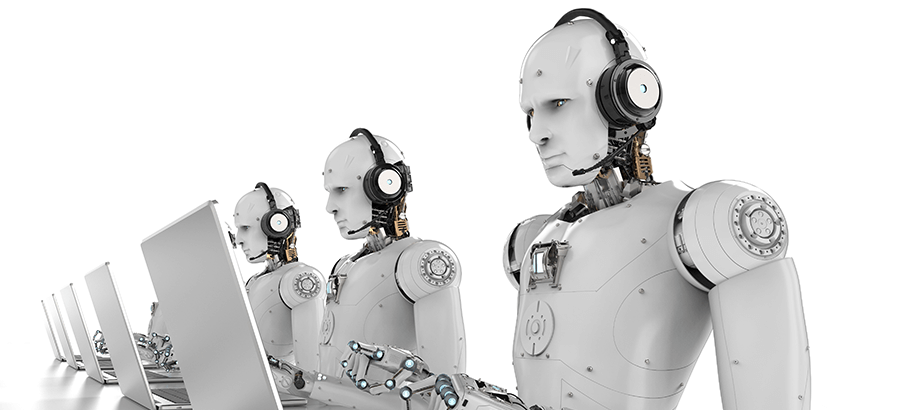Why shouldn’t you let a Pokémon shower with you? It might Pikachu.
Apologies. I couldn’t resist.
Love it or hate it, Pokémon GO has become a global phenomenon. Bigger than Candy Crush, less useful than Gangnam Style, and unfettered by generational barriers, this location-based augmented reality mobile game has become the most talked about app on the planet.
The relentless fascination with these little digital monsters immediately gets me thinking about innovation and how it impacts on our society.
Whether we’re talking cars, digital games or even enterprise software, innovation is often thought of as the process of adding features or substituting new functionality with old. But some of the best innovations come from subtraction or the prudent removal of features from a product that has become too complicated or expensive.
It’s counterproductive, perhaps, but many of the problems we wrestle with daily exist because products have become over-engineered for their purpose. This is especially significant with digital products like mobile apps, websites, and software. Many have become Frankenstein’s monster, built from pieces of functionality sewn together and bolted onto what was once a simple and elegant solution.
Before Cloud and mobile apps, “bloatware” was fairly common due to professionals throwing everything (including the kitchen sink) into a product spec. Solutions were measured on the total functionality they could deliver – whether relevant or not. Today’s development requires deep insight and ruthless focus, which often means stripping away the bells and whistles and focusing, instead, on core intended purpose.
Overly complex products negatively impact both the company that makes them and the people that use them. Supporting or manufacturing a feature that only a minority of people need can be an expensive drain on resources that could rather be used to improve the user experience.
In fact, the more features there are, the more potential points of failure there will be. From the user’s perspective, complexity makes the product more difficult to use or more expensive to buy. Another problem lies in the fact that a multifunction product may not be as good at each function as an item specifically dedicated to that unique purpose.
In the software and business solutions environment, the shift towards minimalist features is one outcome of the move to the Cloud. The old approach of creating complex, multi-year product roadmaps that tried to provide for every conceivable user case is over. Software engineers should be focusing on creating and rapidly delivering simple, usable products that deliver the essential functions and a great user experience.
As users’ needs change and evolve, it’s wise to consider chopping features that no one likes or uses. Of course, the ideal is not to get caught up in feature-creep in the first place. For example: if ten people were all trying to create the best Cloud accounting solution, you would be flooded with ten sets of different ideas about which features the product absolutely must have. The trick is to focus instead on the features the product can’t possibly do without.
We have found this particularly true of ERP technology where the majority of our customers are looking for sound and practical guidance when implementing business software. But cloud, mobile and big data analytics have completely shaken things up; and with things like IoT, RFIDs and geospatial context awareness becoming part of our reality, the future looks set for exciting innovation.
We just need to remind ourselves that anyone can add complexity to a product, but stripping it down to its essence requires skill and genius.







